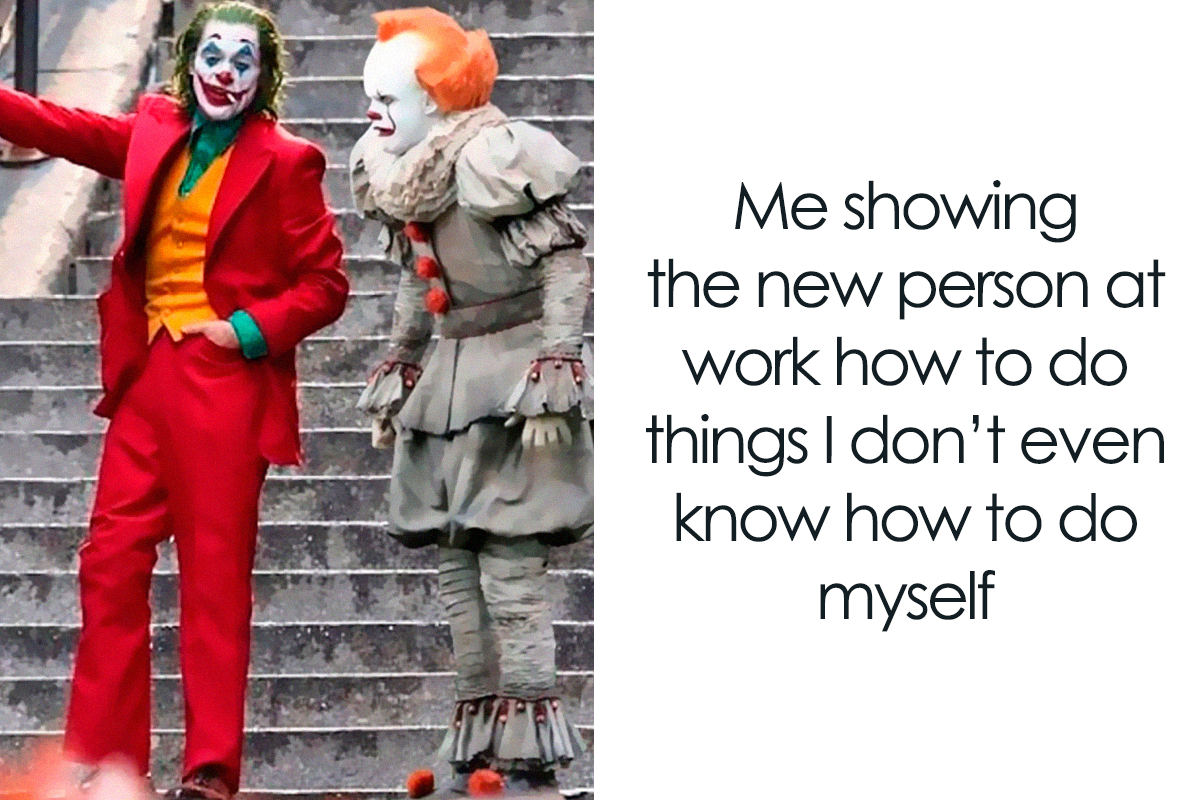
Okay, here’s a 1200-word article about funny video scripts on financial literacy. I’ve focused on creating a structure that would be appropriate for an engaging online article, complete with examples and suggestions.
Funny Money: How Humor is Cracking Open Financial Literacy
Financial literacy. For many, the words themselves conjure images of spreadsheets, complex graphs, and lectures delivered in monotone voices. It’s a topic often perceived as dry, intimidating, and frankly, boring. But what if we could change that perception? What if we could make learning about money…dare we say it…fun?
Enter the world of funny video scripts on financial literacy. A growing number of creators are recognizing the power of humor to break down barriers, engage audiences, and make complex financial concepts accessible to everyone. Forget the jargon-laden textbooks; these videos are using jokes, skits, and relatable scenarios to teach essential money management skills.
Why Humor Works Wonders in Financial Education
The effectiveness of using humor in educational contexts is well-documented. Here’s why it’s particularly powerful when it comes to financial literacy:
- Reduces Anxiety: Money is a sensitive topic. Many people feel ashamed or embarrassed about their financial situation. Humor can diffuse this anxiety, creating a more relaxed and receptive learning environment. When people are laughing, they’re less likely to be defensive and more open to new information.
- Increases Engagement: Let’s face it, most people aren’t actively seeking out information about compound interest. Humor grabs attention and keeps viewers hooked. A funny video is far more likely to be shared and watched to completion than a dry lecture.
- Improves Retention: Studies show that information presented in a humorous way is more easily remembered. Jokes and memorable scenarios help to anchor financial concepts in the viewer’s mind.
- Breaks Down Jargon: Financial language can be incredibly confusing. Humor can be used to poke fun at the complexity of financial terms, making them less intimidating and easier to understand.
- Creates Relatability: By using relatable characters and situations, funny videos can make viewers feel understood and less alone in their financial struggles. This sense of connection can be a powerful motivator for change.
Elements of a Hilarious (and Helpful) Financial Literacy Video Script
So, what makes a funny financial literacy video script work? It’s not just about telling jokes; it’s about strategically incorporating humor to enhance the educational message. Here are some key elements:
- Relatable Characters: The characters should be people the audience can identify with – perhaps a struggling student, a young professional drowning in debt, or a family trying to budget. Their struggles should be authentic and relatable, even if exaggerated for comedic effect.
- Everyday Scenarios: Focus on everyday financial situations that people encounter regularly, such as grocery shopping, paying bills, or saving for a vacation. This makes the learning more practical and relevant.
- Exaggeration and Absurdity: Use exaggeration to highlight common financial mistakes or misconceptions. For example, a character might take out a ridiculously large loan to buy a single cup of coffee, illustrating the dangers of debt.
- Self-Deprecating Humor: Don’t be afraid to poke fun at yourself or the financial industry in general. This can help to build trust with the audience and make the information more approachable.
- Visual Gags: Visual humor can be incredibly effective in video. Use props, costumes, and physical comedy to illustrate financial concepts. For example, a character could be literally buried under a pile of bills.
- Clear and Concise Information: While humor is important, the educational message should always be clear and accurate. Don’t sacrifice substance for the sake of a joke.
- Call to Action: End the video with a clear call to action, encouraging viewers to take the next step in their financial journey. This could be anything from creating a budget to seeking professional advice.
Examples of Funny Financial Literacy Video Script Ideas
Let’s brainstorm some specific examples of funny video scripts that could effectively teach financial literacy:
- The "Budgeting Blues" Musical: A character struggling to create a budget breaks into song, lamenting the limitations of their income. The song could be filled with humorous lyrics about cutting back on expenses, such as "Goodbye, avocado toast! Hello, instant noodles!"
- "Debtzilla vs. the Saver": A Godzilla-like monster representing debt terrorizes a city. A brave hero, "The Saver," emerges with the power of compound interest to defeat the monster. This visually engaging script could illustrate the importance of saving early.
- The "Financial Advice Hotline": A series of short skits featuring a hapless financial advisor giving terrible (but funny) advice to callers. Each skit could highlight a common financial mistake, followed by a correction.
- "The Grocery Store Games": A game show parody where contestants compete to find the best deals and make the most of their grocery budget. The host could be overly enthusiastic and the challenges hilariously difficult.
- "Investing for Dummies (Performed by Dummies)": Two clueless characters attempt to explain complex investment concepts to each other, with disastrous (but funny) results. This script could be used to debunk common investment myths.
- "The Time-Traveling Penny": A penny travels through time, witnessing the effects of inflation and the power of long-term investing. This creative concept could make a complex topic more engaging.
- "Social Media Influencer Budgeting": A parody of a popular social media influencer, showing their extravagant spending habits and complete lack of financial awareness. The video could then contrast this with a more responsible approach to budgeting.
Writing a Funny Financial Literacy Video Script: A Step-by-Step Guide
Here’s a simple process to follow when writing your own funny financial literacy video script:
- Identify Your Target Audience: Who are you trying to reach? What are their specific financial challenges and concerns?
- Choose a Key Concept: Focus on one or two key financial concepts that you want to teach in the video.
- Develop Your Characters: Create relatable and engaging characters that your audience can connect with.
- Brainstorm Humorous Scenarios: Think of everyday situations that are ripe for comedic treatment.
- Write the Script: Structure the script with a clear beginning, middle, and end. Incorporate jokes, visual gags, and relatable dialogue.
- Fact-Check Your Information: Ensure that all financial information presented in the video is accurate and up-to-date.
- Get Feedback: Share your script with others and get their feedback on the humor and educational content.
- Revise and Refine: Make any necessary revisions to improve the script based on the feedback you receive.
The Future of Funny Finance
Funny video scripts on financial literacy are more than just entertainment; they’re a powerful tool for empowering individuals to take control of their financial lives. By combining humor with clear and concise information, these videos can break down barriers, increase engagement, and improve financial literacy for people of all ages and backgrounds. As the demand for accessible and engaging financial education continues to grow, we can expect to see even more innovative and hilarious approaches to teaching people about money. So, grab your popcorn, settle in, and get ready to laugh your way to financial freedom! The future of finance is looking a lot funnier, and that’s a very good thing.



